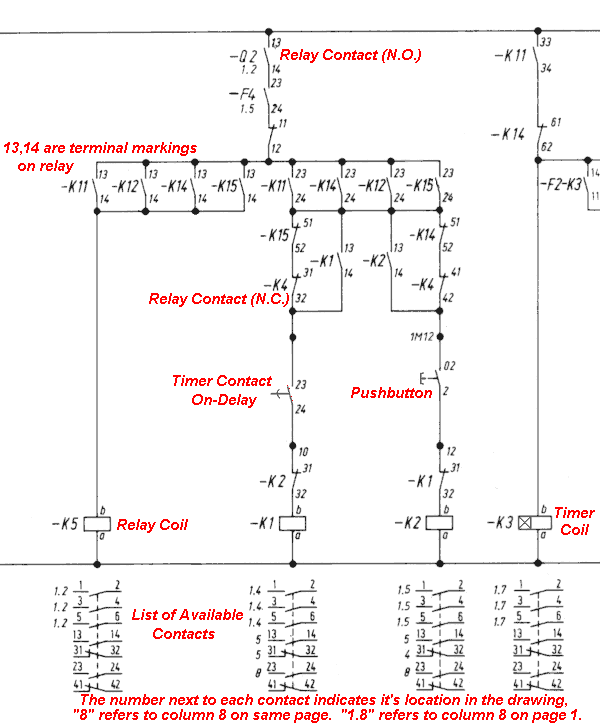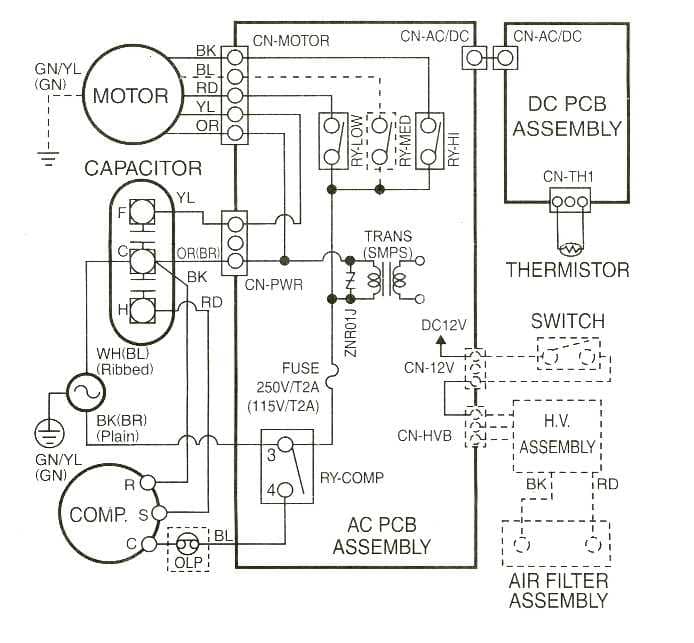Wyatt earp
Diamond Member
- Apr 21, 2012
- 69,975
- 16,383
- 2,180
Take for example of basic wiring schematics ...note on a normal german one that writing in red won't be there.
You really have to know what you are doing to read one made by the Germans, most Americans in the 30 years I have been in manufacturing can't for some reason

A basic american electrical schematic

You really have to know what you are doing to read one made by the Germans, most Americans in the 30 years I have been in manufacturing can't for some reason

A basic american electrical schematic




